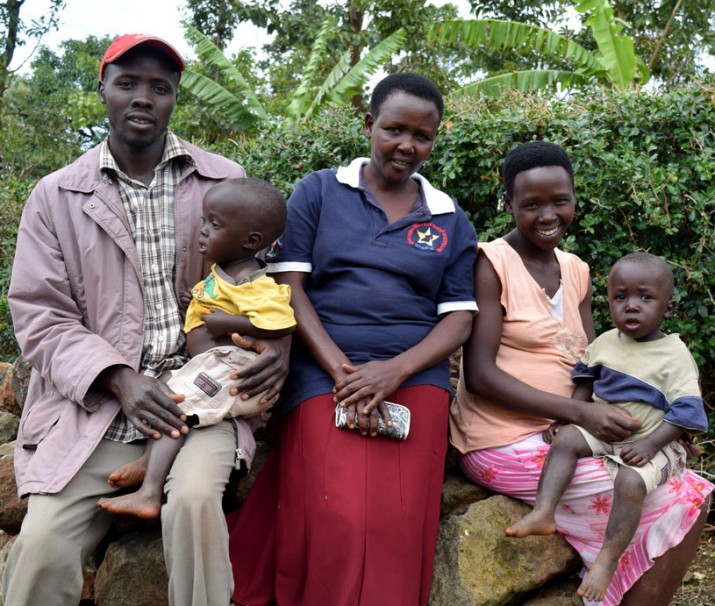Curbing the HIV Epidemic in Uganda
Curbing the HIV Epidemic in Uganda

How US Foreign Assistance is Making A Difference
Uganda has made great progress in controlling the HIV epidemic and increasing access to critical HIV and health services in recent years. Under the Government of Uganda’s leadership and with the support of development partners, such as MSH, Uganda has reached the second of UNAIDS global 90-90-90 goals: 90% of people living with HIV who know their status are on treatment.
MSH is proud to have played a part in this. The Strengthening TB and HIV and AIDS Responses in Eastern Uganda (STAR-E) project, funded by the President’s Emergency Plan for AIDS Relief (PEPFAR) through the United States Agency for International Development (USAID) and implemented by MSH, empowered communities in the Eastern Region of Uganda to respond effectively to the challenges posed by the HIV and AIDS and TB epidemics from 2009 to 2017.
Over the life of the project, through a collaborative partnership with the Ministry of Health (MOH) and local partners, STAR-E supported the dramatic scale-up of comprehensive, integrated HIV and TB services. From supporting just 16 health facilities in eight districts in the project’s first year, STAR-E scaled-up support to 154 health facilities in 12 districts by 2014. All 154 facilities were then providing HIV Testing Services (HTS) and Prevention of Mother-to-Child Transmission (PMTCT) of HIV services, with 138 fully accredited to provide antiretroviral therapy (ART), and 145 providing TB/laboratory services. This scale up resulted in a dramatic increase in individuals receiving key HIV and TB services.
STAR-E strengthened district management of Uganda’s decentralized health system and provided targeted training and ongoing, focused mentorship for health workers to strengthen the provision of quality services.
To ensure access to high quality services, STAR-E promoted a focus on the family and the continuum of care between health facilities and communities. This was enhanced by the project’s deployment of expert-patient lay counselors to support people living with HIV in navigating services and adhering to treatment. Differentiated models of care, such as community-based distribution of ART, brought services closer to the people who need them, making them more convenient and cheaper for clients by eliminating travel costs.
Finally, active partnership with local NGOs, civil society, and peer educators from key and priority populations contributed to mobilizing demand for services and helped link new patients to care.
None of these results would have been achieved without the tireless commitment of local staff, health providers, para-professional counselors, peer educators, volunteers, and the patients themselves. These vibrant communities are the heart of the HIV response in Eastern Uganda. As they lead the way in reaching people living with HIV who are yet to be reached, supporting those already on treatment to stay virally suppressed, and preventing new infections, the strong systems established and strengthened through STAR-E’s support will continue to support the provision of comprehensive HIV and TB services.
Project Statistics, 2009-2017
- More than 2.7 million people accessed HIV testing services support by STAR-E
- STAR-E supported nearly 22,000 pregnant women living with HIV to access ARVS
- STAR-E trained and provided on-site mentorship to more than 12,500 health workers
- 458 para-professional counselors were trained and supported by STAR-E to provide task shifting support to health facilities
- 91 family support groups were established and supported by STAR-E to provide peer-based psycho-social support to HIV clients and their family members at supported health facilities
- Over 500 female sex workers were trained as peer educators and supported by STAR-E to reach to 6,400 of their peers annually with a series of key HIV and health messages
- Almost 950 peer educators in groups at higher risk of HIV exposure, including adolescents, boda boda taxi cyclists, and fisher folk, were trained and supported by STAR-E to reach to an annual average of 9,000 of their peers with key HIV and health messages